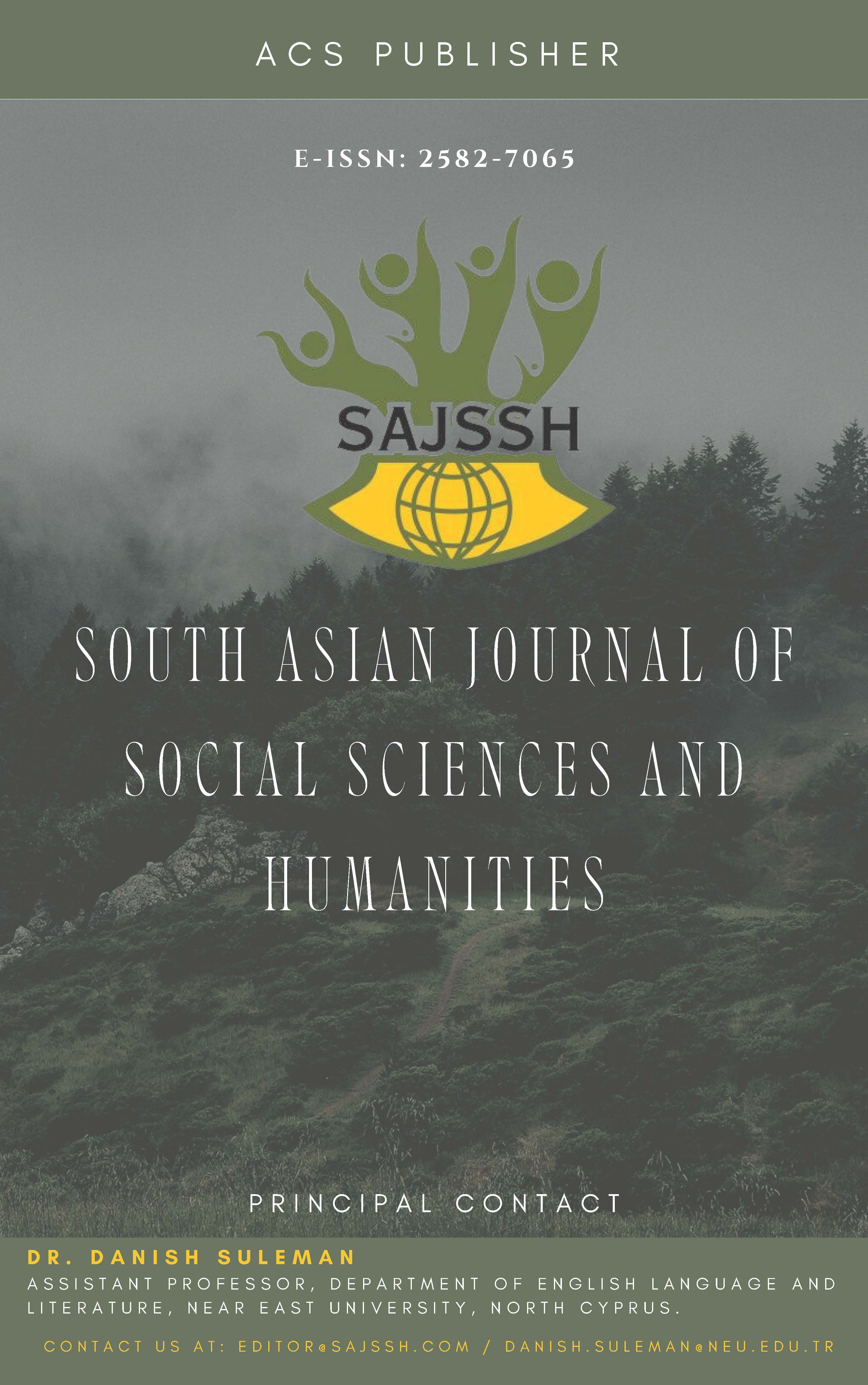Prevalence of Digital Addiction among Medical Students in Iraq
DOI:
https://doi.org/10.48165/sajssh.2024.6410Keywords:
Digital, Addiction, Medical Students, Iraq, prevalenceAbstract
This study investigatesthe prevalence of smartphone addiction among medical college students in different Iraqi universities and its impact on academic performance, mental health, and physical well-being. A descriptive cross-sectional design was employed using an online self administered survey, distributed via social media from 14 February 2025 to 24 March 2025, which yielded responses from 673 participants from various institutions, predominantly from the University of Babylon. The sample included students from different medical specializations and different academic years, with a higher proportion of females (66.7%). The findings indicate a high prevalence of physical discomfort and psychological stress among users, as well as impaired academic performance and reduced engagement in social activities. Study recommends that educational institutions implement targeted awareness programs, promote digital detox initiatives, enhance counseling services, and consider policy interventions in academic settings. Moreover, future research employing longitudinal designs and objective usage metrics is needed to further elucidate the health implications of excessive smartphone use.
References
Al-Barashdi, H., Bouazza, A., & Jabur, N. (2015). Smartphone addiction among university undergraduates: A literature review. Journal of Scientific Research and Reports, 4, 210–225. https://doi.org/10.9734/JSRR/2015/12245
Das, P., Saraswathy, K. N., & Chaudhary, V. (2024). Prevalence of smartphone addiction and its relationship with obesity among young adults: A cross-sectional study from Delhi, India. Indian Journal of Community Medicine: Official Publication of Indian Association of Preventive & Social Medicine, 49(3), 544–548. https://doi.org/10.4103/ijcm.ijcm_288_23
Choi, S. W., Kim, D. J., Choi, J. S., Ahn, H., Choi, E. J., Song, W. Y., & Youn, H. (2015). Comparison of risk and protective factors associated with smartphone addiction and Internet addiction. Journal of Behavioral Addictions, 4(4), 308–314.
Elhai, J. D., Dvorak, R. D., Levine, J. C., & Hall, B. J. (2017). Problematic smartphone use: A conceptual overview and systematic review of relations with anxiety and depression psychopathology. Journal of Affective Disorders, 207, 251–259.
Hope, D. (2010). iPhone addictive, survey reveals. Live Science. http://www.livescience.com/6175-iphone-addictive-survey-reveals.html
Kuss, D., Griffiths, M., Karila, L., & Billieux, J. (2014). Internet addiction: A systematic review of epidemiological research for the last decade. Current Pharmaceutical Design, 20, 4026–4052. https://doi.org/10.2174/13816128113199990617
Lane, H. Y., Chang, C. J., Huang, C. L., & Chang, Y. H. (2021). An investigation into smartphone addiction with personality and sleep quality among university students. International Journal of Environmental Research and Public Health, 18(14), 7588. https://doi.org/10.3390/ijerph18147588
Rush, S. (2011). Problematic use of smartphones in the workplace: An introductory study. BArts (Honours) Thesis, Central Queensland University, Rockhampton. http://hdl.cqu.edu.au/10018/914191
Sohn, S. Y., Rees, P., Wildridge, B., Kalk, N. J., & Carter, B. (2019). Prevalence of problematic smartphone usage and associated mental health outcomes amongst children and young people: A systematic review, meta-analysis and GRADE of the evidence. BMC Psychiatry, 19(1), 356. https://doi.org/10.1186/s12888-019-2350-x
Young, J. Q., Van Merrienboer, J., Durning, S., & Ten Cate, O. (2014). Cognitive load theory: Implications for medical education: AMEE Guide No. 86. Medical Teacher, 36(5), 371–384. https://doi.org/10.3109/0142159X.2014.889290
Ting, C. H., & Chen, Y. Y. (2020). Smartphone addiction. In C. A. Essau & P. H. Delfabbro (Eds.), Adolescent Addiction (2nd ed., pp. 215–240). Academic Press.
Downloads
Published
Issue
Section
License
Copyright (c) 2025 South Asian Journal of Social Sciences and Humanities

This work is licensed under a Creative Commons Attribution 4.0 International License.





